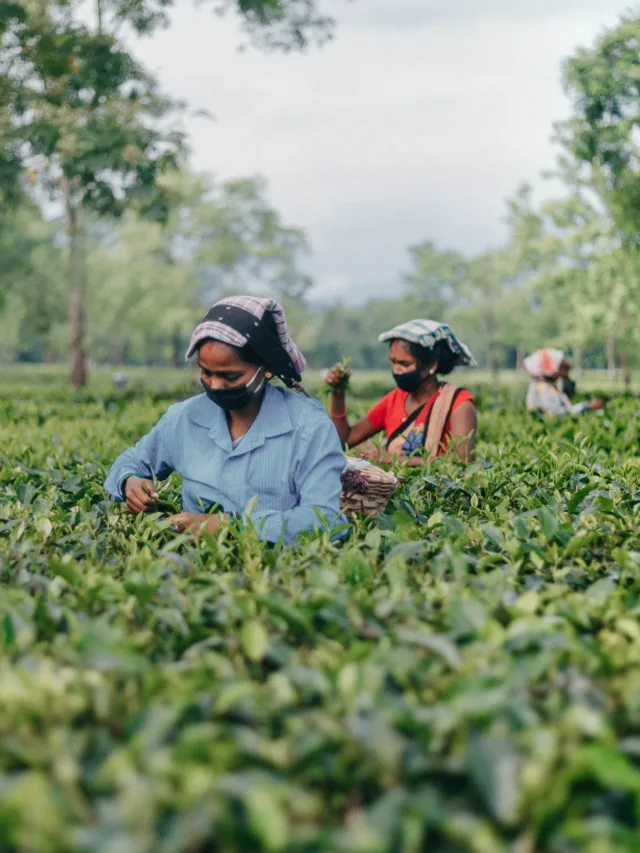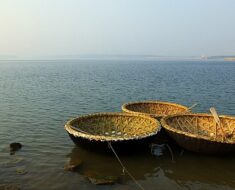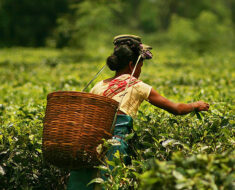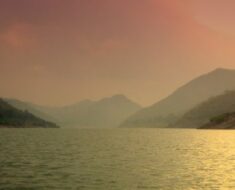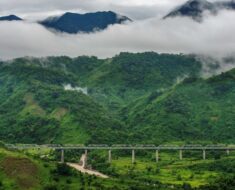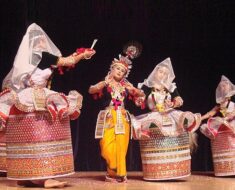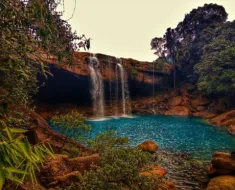The Seven Sister States of India are among the most gorgeous, breathtaking, and vibrant regions of the country, yet they remain largely unexplored. If we were to say that Northeastern India is a wonderland, it would surely be an understatement. The region is blessed with mountains, valleys, superb landscapes, waterfalls, rivers, traditions, food, and culture.
The ‘Seven Sisters’ of India which include Arunachal Pradesh, Assam, Meghalaya, Manipur, Mizoram, Nagaland, and Tripura are connected to mainland India through the Siliguri Corridor.
Here are some interesting facts about the ‘Seven Sister States of India’ that will surely make you pack your bags.
Arunachal Pradesh
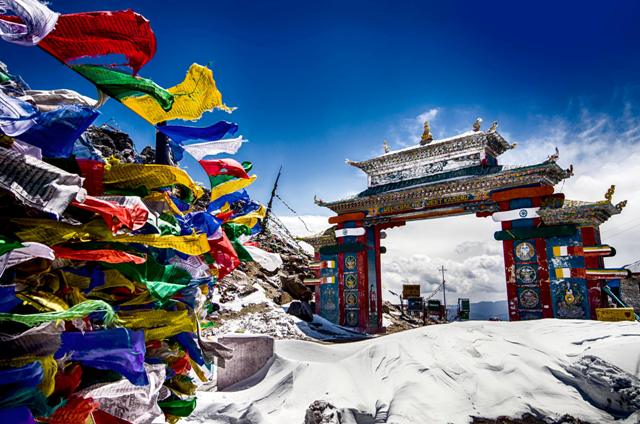
Arunachal Pradesh the Land of the Rising Sun is the largest state in northeast India. It is known for its splendid mountainous valleys, gorgeous landscapes, roaring rivers, wildlife, lush green meadows, unique and vibrant culture, and traditions.
It is nicknamed India’s land of the rising sun as Dong village in the state meets the sunrise before any other place in India.
It is home to 26 major tribes and more than 100 sub-tribes. Some of the major tribes are Adi (Abor), Aka, Apatani, Nyishi, Tagin, Galo, Khampti, Mishmi, and Momba. Each tribe has its own unique culture, colourful festivals, and traditions.
Tawang, in Arunachal Pradesh, is the birthplace of the sixth Dalai Lama, Tsangyang Gyatso.
The 400-year-old Tawang Monastery in Tawang is the biggest monastery in India. It is also the second-largest in the world after the Potala Palace in Lhasa, Tibet.
Arunachal Pradesh is home to one orchid Sanctuary, two National parks, and eight wildlife sanctuaries. It is known for its rich biodiversity and has over 500 species of birds and 85 species of mammals.
It has over 500 varieties of orchids and it is the only state that is home to four major big cats: tiger, leopard, clouded leopard, and snow leopard
Assam

Assam is a land known for its tea plantations, diverse wildlife, traditional cuisine, and vibrant dance forms. It is one of the most populous states in the Seven Sisters.
The northeastern state of Assam is the largest producer of tea and is called the ‘Tea Capital of the World’. Dibrugarh has the largest area under tea cultivation in Assam and is known as the Tea City of India.
The Kaziranga National Park in Assam is a World Heritage Site and home to two-thirds of the world’s great one-horned rhinoceroses. It is also home to several other endangered species, including the Bengal tiger, the Asian elephant, and the Hoolock Gibbon.
Assam is home to the largest river island in the world called Majuli located on the Brahmaputra river near Jorhat.
The world’s oldest operating oil refinery, Digboi is also located in Assam.
💡 Travel Tips: Unexplored Destinations in North East India
Manipur

The northeastern state of Manipur is one of the beautiful seven sister states and is known for its dance forms, music, traditions, and rich culture. Manipur literally means the land of gems.
Manipuri Dance, also known as the Manipuri Raas Leela is one of the eight major Indian classical dance forms. Legends say that the people of Manipur are originally Gandharvas –the celestial singers and dancers.
Manipur has the only floating national park in the world, the Keibul Lamjao National Park located on Loktak Lake. The Loktak Lake is the largest freshwater lake in Northeast India and is one of the most popular tourist attractions.
It is also the only home to the near-extinct Sangai or brow-antlered deer.
Manipur has the oldest polo ground in the world at Imphal’s Mapal Kangjeibung and the origin of the sport polo is supposed to be in Manipur.
💡 Travel Tips: Best Places to Visit in Ukhrul – Manipur
Meghalaya
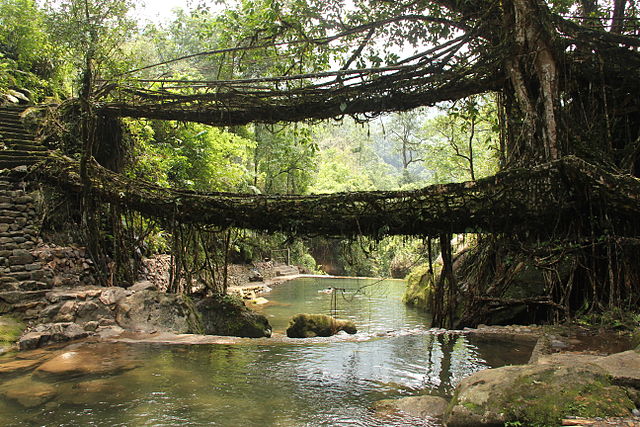
Meghalaya means ‘the abode of clouds‘ in Sanskrit. The seven sister state is famous for the iconic living root bridges located in Mawlynnong village.
The Khasi and Jaintia tribes people make these living root bridges by weaving the aerial roots of the rubber fig tree with the help of bamboo. These sites have recently been added to the tentative UNESCO World Heritage site list.
Meghalaya is also famous for being home to the cleanest Village in Asia, Mawlynnong Village. The Discover India Magazine awarded the village with the title of the cleanest Village in Asia in 2003 and the cleanest in India in 2005.
Mawsynram a small town in the East Khasi Hills district of Meghalaya is the wettest place on the earth. The town received 26,000 mm (1,000 in) of rainfall in 1985 which is a world record and recorded in the Guinness Book of World Records.
Mawsynram is located 15 km west of Cherrapunji.
Read More: Top 7 Amazing Facts about Meghalaya
Mizoram

Mizoram the land of hill people is the leading producer of bamboo in India and is the second most literate state in the country after Kerala.
The Seven sister state of Mizoram is known for its evergreen hills and is called the land of blue mountains located on the Indian-Myanmar border and is the most beautiful place to visit in the northeast of India.
The state is home to the Pukzing cave which is rumoured to have been carved with a hairpin by a man named Mualzavata. The Vantawng Fall, surrounded by a vast stretch of thick bamboo forests, is Mizoram’s highest waterfall at 750 ft high
Mizoram has many traditional dance forms such as Cheraw, Khuallam, Chheihlam, and Chai. Cheraw dance or the bamboo dance is the most famous dance form of Mizoram.
Nagaland
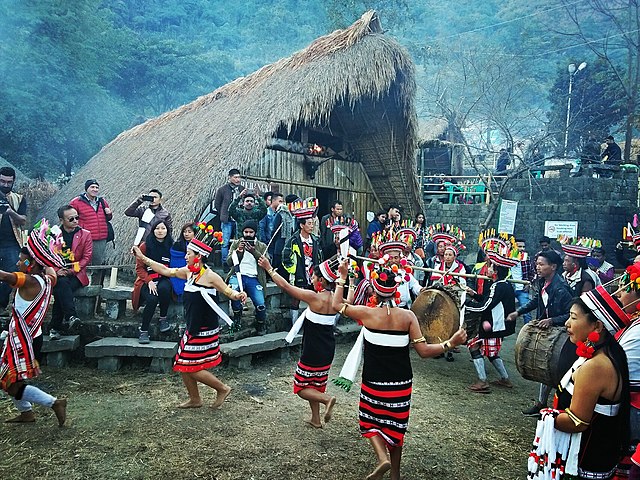
Nagaland is a land of folklore, with different tribes, vibrant cultures, festivals, heritage, and traditions. It has awe-inspiring hills and unspoiled beauty. The rustic state is home to many tribal and sub-tribal groups. All of these attract tourists from all around the world to one of these beautiful seven sister states.
The state is inhabited by 17 major tribes and sub-tribes and each tribe is unique in character with its own distinct customs, language, and dress. Some of the major tribes are Angami, Ao, Chakhesang, Chang, Kachari, Khiamniungan, Konyak, Kuki, Lotha, Phom, etc.
The highest peak of Nagaland (3826m), Mount Saramati acts as the natural barrier between Nagaland and Myanmar.
Nagaland is also known as the ‘Falcon Capital of the world‘ after an international team of ornithologists recorded almost a million amur falcon roosts in the state.
The Hornbill Festival is a rich traditional fiesta and the most cherished festival of the state and is celebrated with much enthusiasm and zeal.
Nagaland is home to the bhut jolokia or ghost pepper, one of the hottest chilis in the world at 855,000 SHU on the Scoville scale
💡 Read More: Top 8 Interesting Facts about Nagaland
Tripura
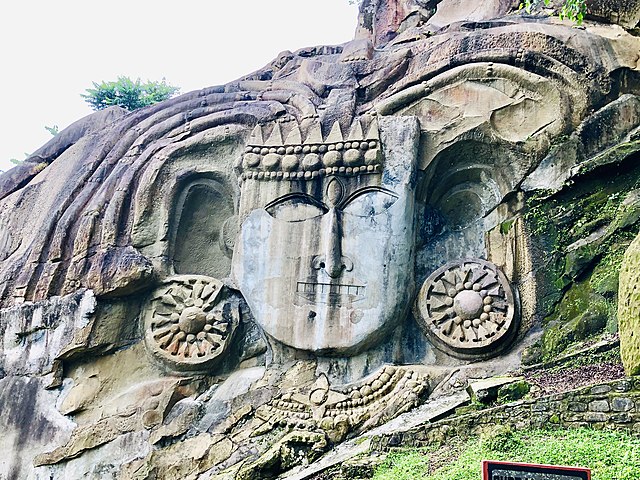
Smallest among the seven sister states of India, Tripura is known for its rich cultural heritage, natural beauty, and Unexplored destinations.
Tripura is famous for its ruling Manika dynasty which had an unbroken chain of 184 kings before independence.
The Tripura Sundari temple or Matabari temple is among the 51 Shakti Peeth temples in India. It was built in 1501 A.D. Historical sites of Ujjayanta Palace and Neermahal Palace offer glimpses of Tripura’s rich cultural past.
One of the prime tourist destinations in the state is Unakoti famously known as Angkor Wat of the North-East. Unakoti is home to a Shaivite pilgrimage and the site has large stone and rock-cut sculptures dating back to the 7th-8th century.
The state has Sepahijala Wildlife Sanctuary in Uttar Charilam, famous for its spectacled monkey.



